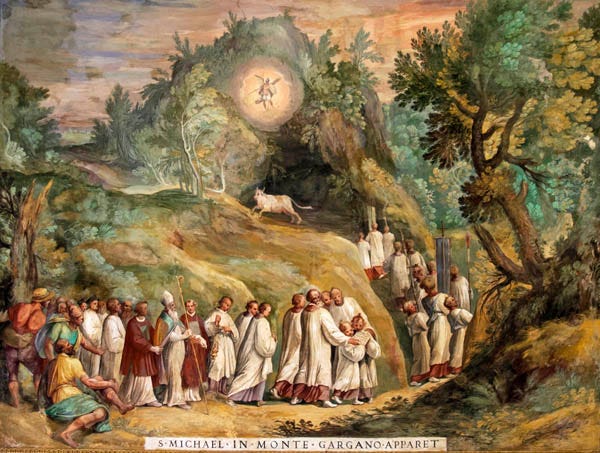An Essay on the Development of Christian Doctrine
An annotation guide for busy Catholics
In the 2,000-year history of the Church, only 38 saints have been declared Doctors of the Church—someone who contributed to our understanding of Doctrine. Last month, Leo XIV just declared the first now English-speaking Doctor of the Church, John Henry Newman.
John Henry Newman was a 19th-century Anglican bishop who converted to Catholicism and eventually became a cardinal.
Of course, not everyone met the news with optimism. Every papal decision will find its critic. What is strange about Newman’s declaration is how diverse the critics are. Protestants don’t like him because he is (yet another) Protestant intellectual who converted to Catholicism. Traditional Catholics don’t like him because they see him as a Liberal and liberals don’t like him because they see him as a Trad.
That means we should pay attention.
To read along with this guide, I recommend you read Chapter V of the Essay on Development of Christian Doctrine first. Chapters I & VI-XII are also helpful.)
How does doctrine develop?
(Note: Newman’s Essay covers this question in Chapter I)
Newman understood the modern world and the modern Church. He predicted Protestant churches would compromise on church teaching on things like same-sex marriage and female pastors.
The church today faces similar pressures, with progressive Christianity attempting to conform to worldly operations and values. Newman's work offers a framework for navigating these challenges without falling into either rigid fundamentalism or liberal relativism. His theology serves as a beacon that can "dispel the encircling gloom of liberalism in religion and lead us out of the shadows into the light of truth."





